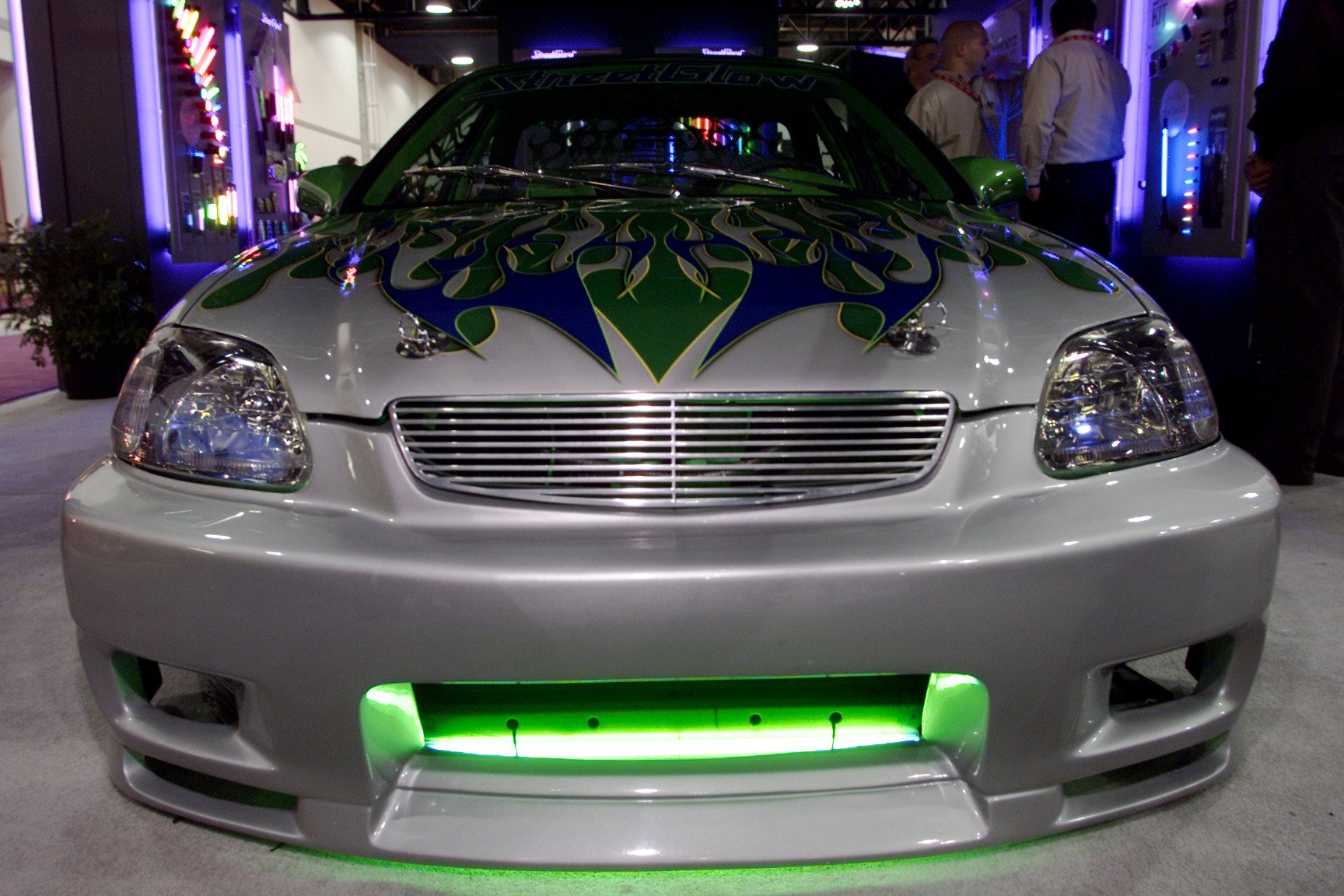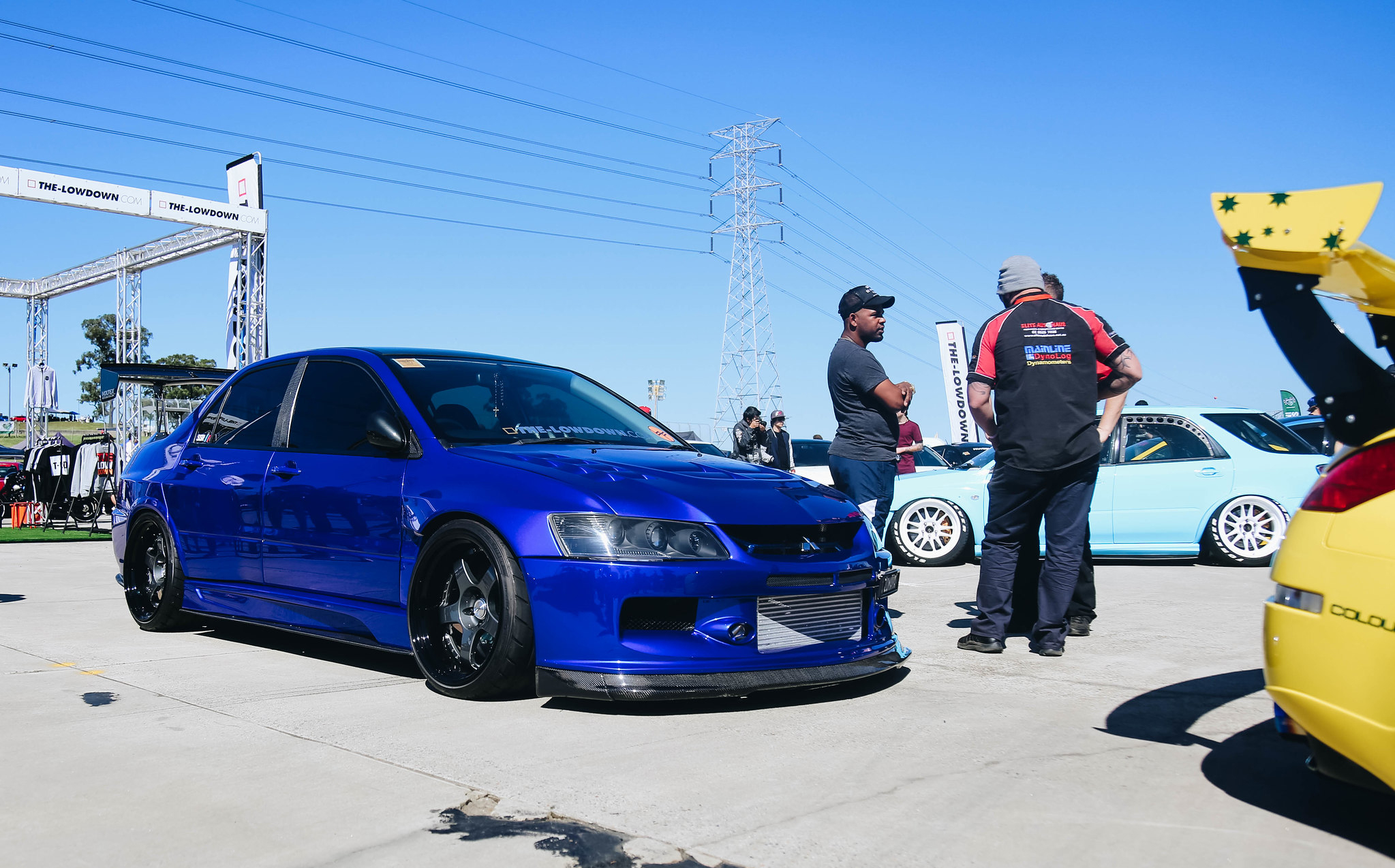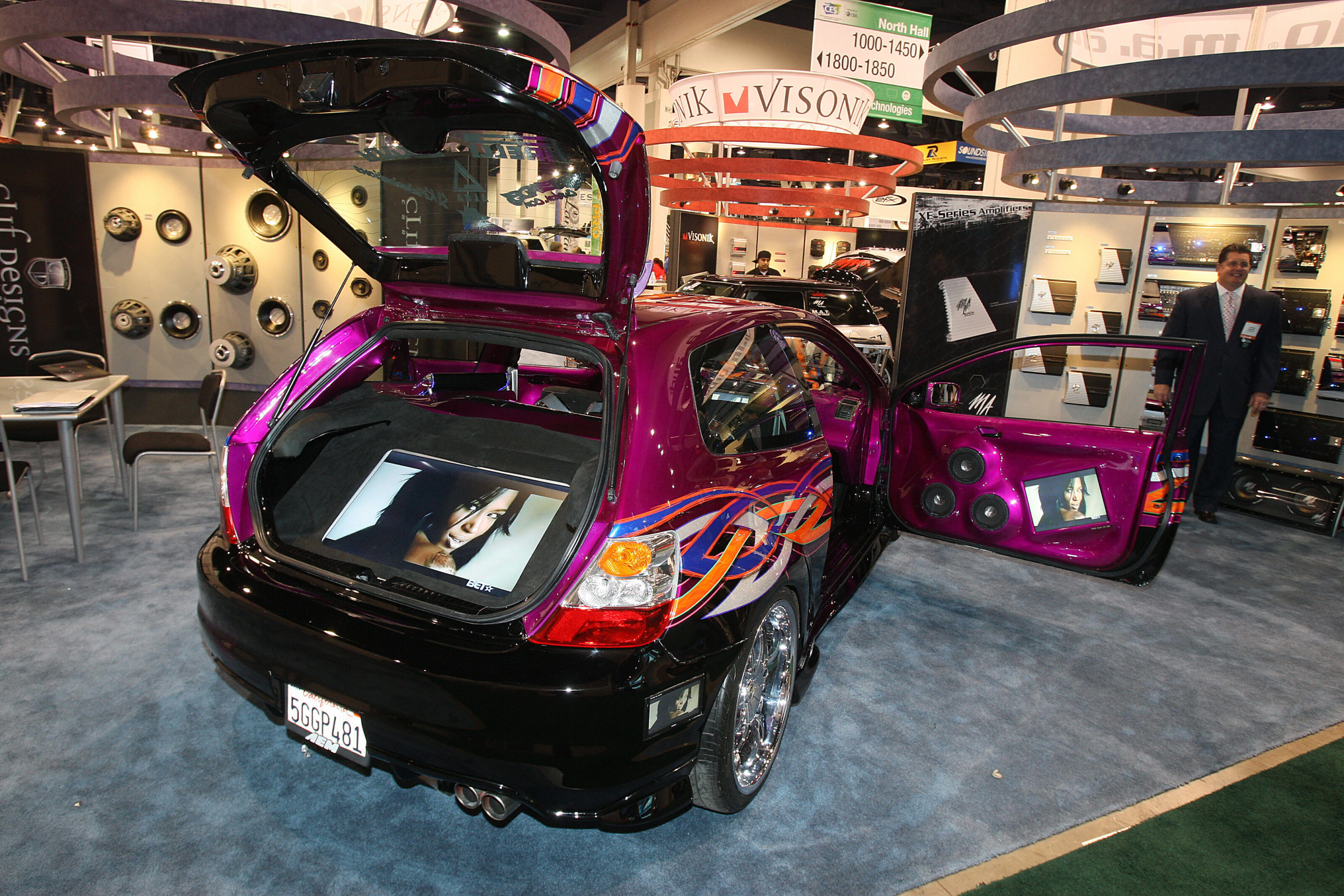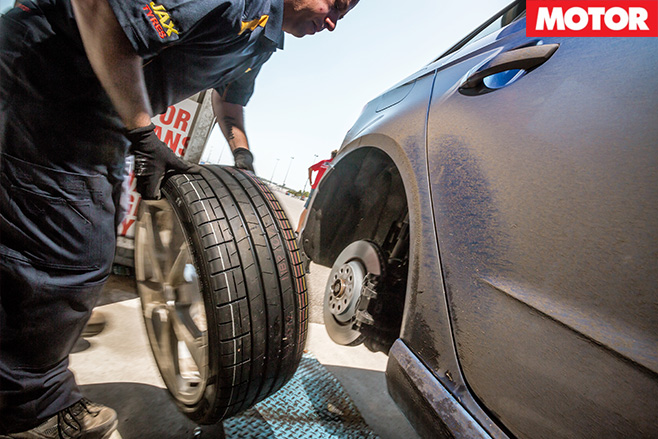Aftermarket car culture has dipped in and out of wider popular culture for decades, throughout which we’ve witnessed various trends and fashions come and go.
Whether it’s the wild customs and muscle cars of the ’70s, killed by the oil crisis and a change inpublic perception towards big horsepower, or the equal-parts cringe/nostalgic AutoSalon era of chrome and airbrushing at the turn of the millennium, fads wax and wane.
The rise of the internet exposed previously localised trends to the global stage, with the heavily SoCal-influenced ‘HellaFlush’ movement and European slammed Volkswagen communities quickly proliferating across the world.

These fashion shifts in automotive culture are often fuelled by a totally new generation of drivers and owners who seek to buck previously established trends and forge an identity of their own.
The local muscle car scene gave way to smaller-capacity turbocharged imports; and the wild gold-plated, body-kitted and airbrushed shows-toppers of the ‘sex-spec’ era were replaced by ‘stance’ cars; which combined the clean lines of a stock body with ridiculous suspension drops and the wildest wheel specs you could physically force to fit.
A common thread that runs through each of these various styles is a lasting heated debate between form and function. Cosmetic dress-up parts that mimic true performance-enhancing components have long been a fixture in the automotive aftermarket, but today it seems like the intersection between form and function has never been under greater scrutiny.
A booming secondary Japanese car market has also given way to an insatiable appetite for all things JDM, including aftermarket parts. Today’s internet-breaking viral builds are often typified by extensive 12-piece body kits, brand name wheels and whatever golden-era parts you can get your hands on. Racecars have always been cool, so it’s no surprise to see motorsport-inspired mods in the spotlight among the contemporary automotive zeitgeist.
As with any car modification though, execution is everything, and the results can range from excellent to egregious. Of course I’ll always place a higher value on a slightly tattered, but well-used driver’s car over a shiny static hardparker. However, it’s hard to deny the visual impact of some of today’s gleaming widebody-kitted show cars.

Conversely, there are many modifications that land wide of the mark. A giant rear wing affixed to an otherwise unmodified family car is an age-old meme in itself; and you’ll see more than enough splitter support rods connecting to malleable plastic grilles at your local Friday night meet. The most shocking example of a racecar-in-disguise was spotted near our very offices recently; a neat standard World Rally Blue VA WRX, with a bright red tow strap – zip tied to the licence plate of all places.
This is in no way meant to put down the owners of these cars, or their ilk. We all started somewhere and have done things to cars we regret. It’s wonderful to see a whole new generation waking up to the satisfaction of personalising a car to their exact tastes, but perhaps take this as a cautionary tale the next time you’re thinking of tek-screwing a set of canards into your bumper.
And don’t for a second think that the OEMs are beyond these stylistic faux pas. We could point out, ad nauseam, the countless examples of fake grilles, vents and exhausts – indeed the Hyundai Sonata N, featured in this very magazine, is a car guilty of a few of these misdemeanours.
Editor Enright remarked that they had seemingly slapped on almost every sporty design element in their arsenal. There were blocked-off vents, and lines aplomb. I did spy one set of functional vents ahead of the leading edge of the front wheel. But were they ducted to the brakes? No, instead they seemed to be spitting air right at the tyre which, from my basic understandings of aerodynamics, is absolutely horrid for drag.
Function often seems to become form in car design, but once in a while function can cross a line into dysfunction. Can you think of others?






